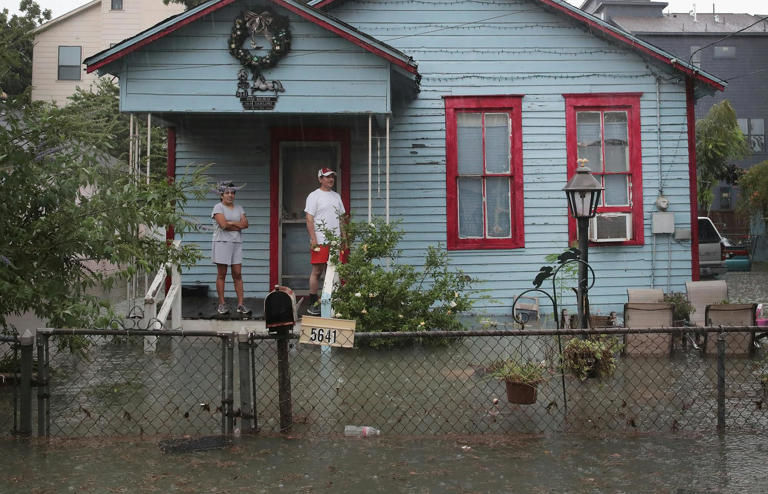
When powerful storms hit your city, which neighborhoods are most likely to flood? In many cities, they’re typically low-income areas. They may have poor drainage, or they lack protections such as seawalls.
New Orleans’ Lower Ninth Ward, where hundreds of people died when Hurricane Katrina broke a levee in 2005, and Houston’s Kashmere Gardens, flooded by Hurricane Harvey in 2017, are just two among many examples.
With those disasters in mind, the Federal Emergency Management Agency made a big change to its Local Mitigation Planning Policy Guide in 2023. The agency began encouraging cities, towns and counties to address equity in their hazard mitigation plans, which outline how they will reduce disaster risk.
Local governments have an incentive to follow those federal guidelines: Those that want to receive FEMA hazard mitigation assistance – money which can be used to repair aging infrastructure like roads, bridges and flood barriers – or funding from other programs such as dam rehabilitation have to develop local mitigation plans and update them every five years.
Click here for full article: https://www.msn.com/en-us/weather/topstories/hurricane-season-is-here-but-fema-s-policy-change-could-leave-low-income-areas-less-protected/ar-AA1FMCef?ocid=msedgdhp&pc=DCTS&cvid=45a1b8e121694e538f5bd016cb7a9cbc&ei=75
